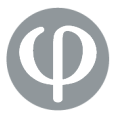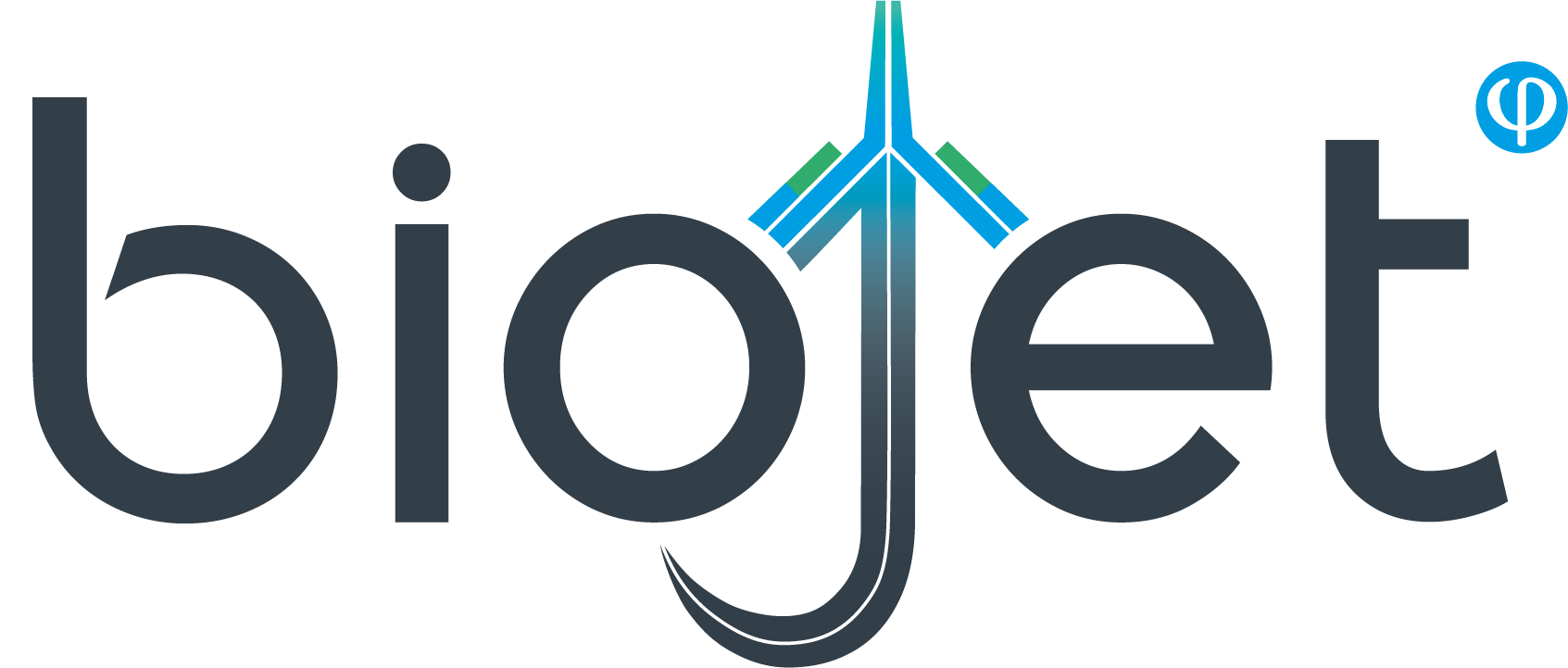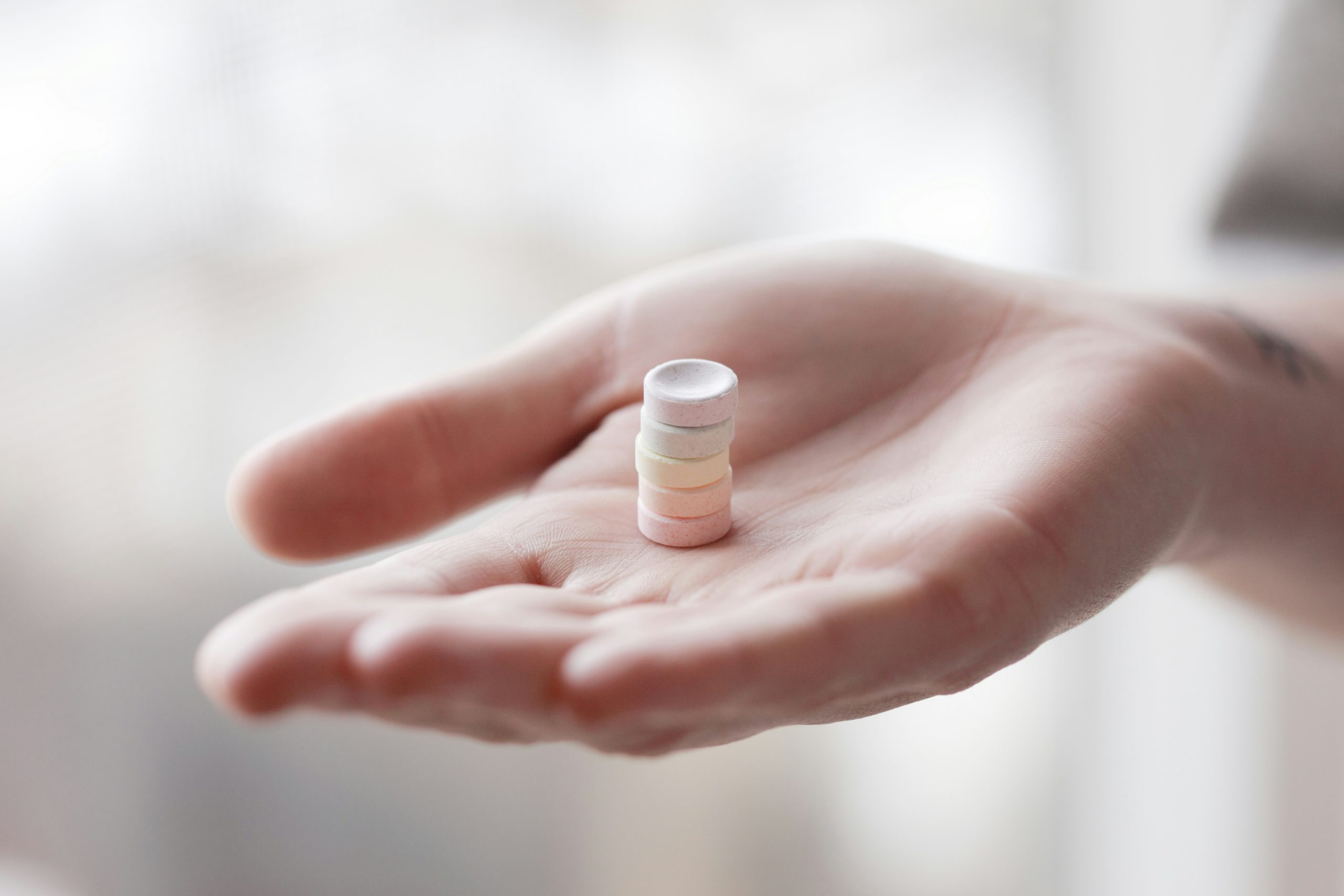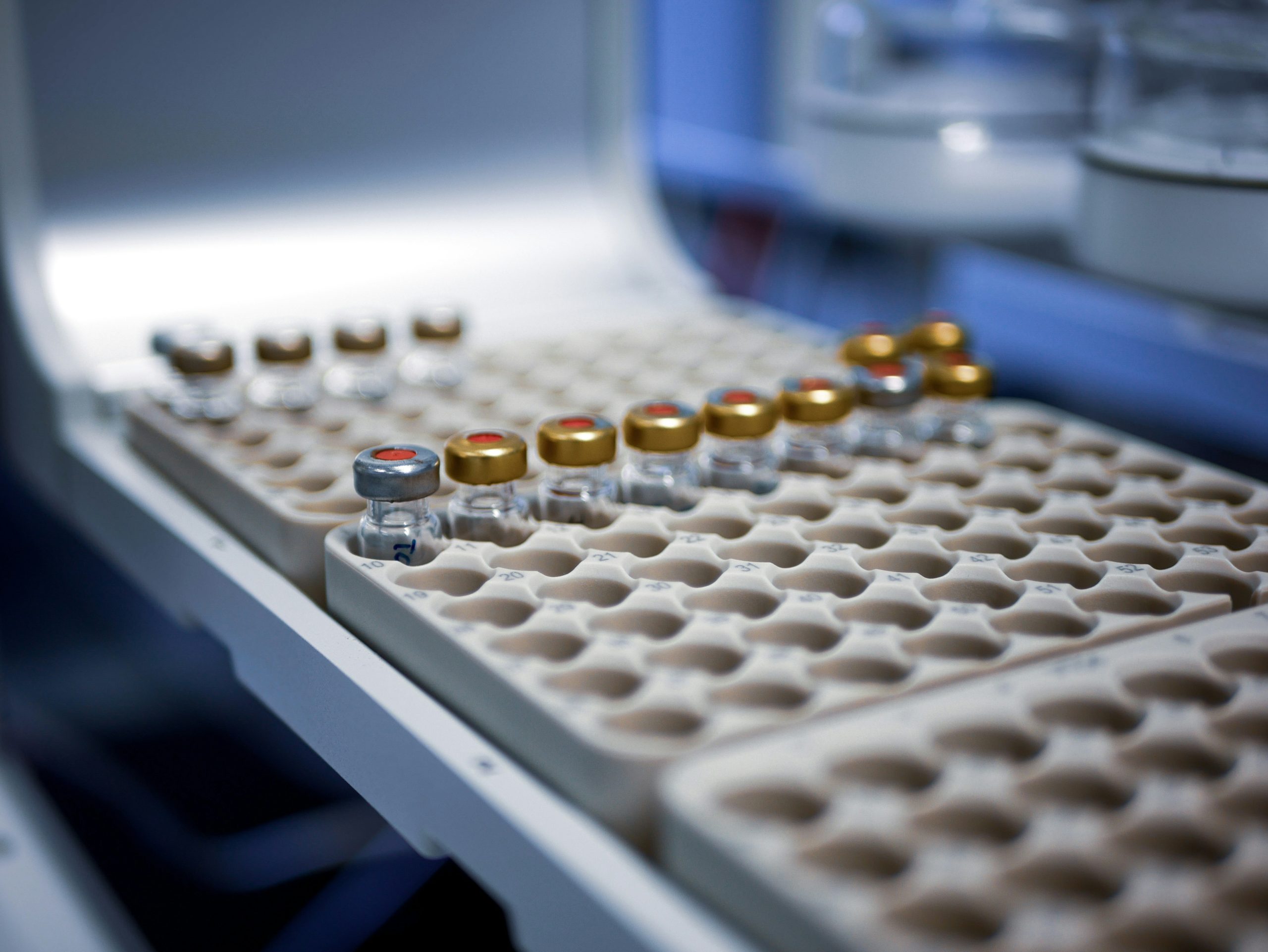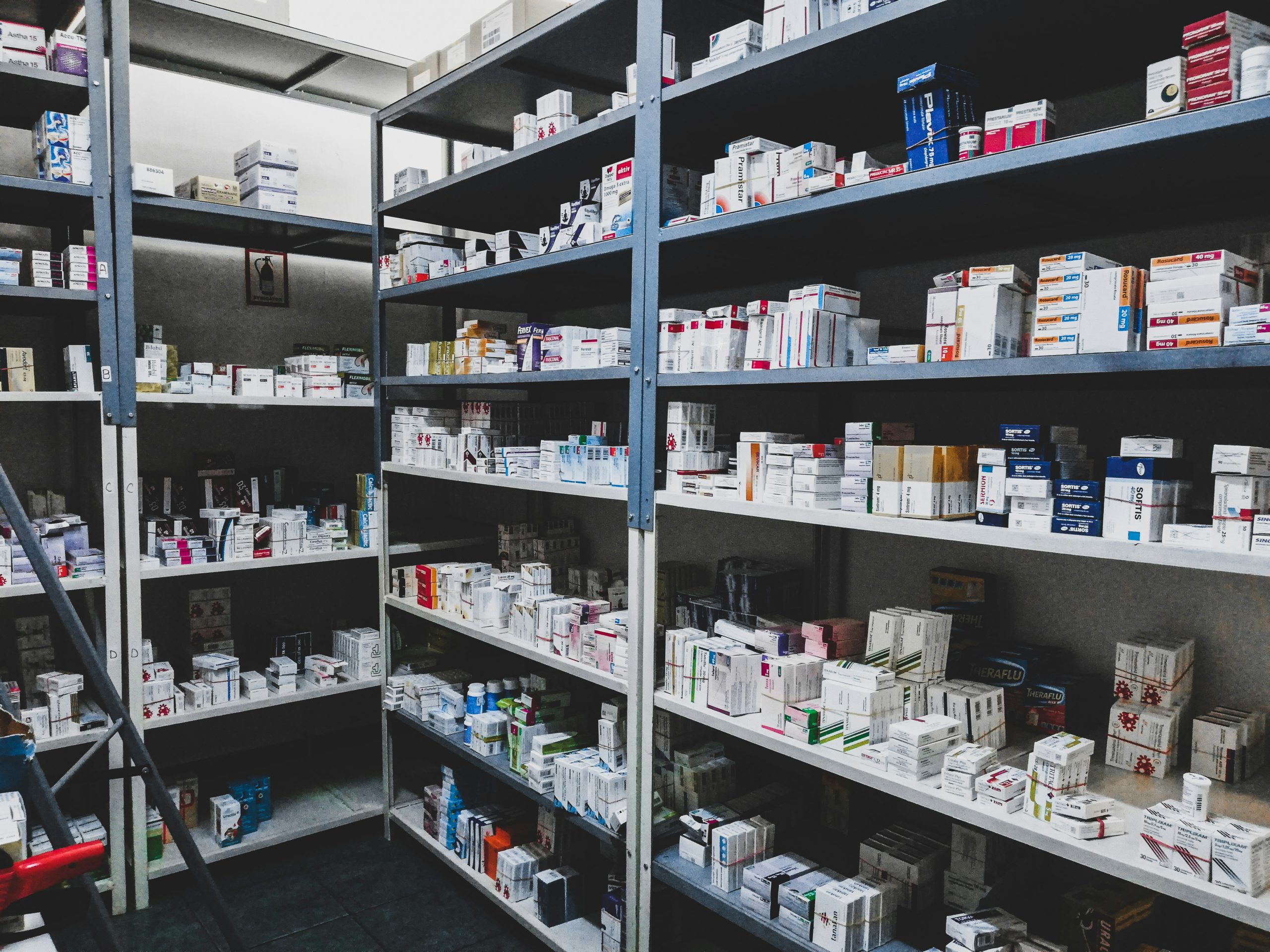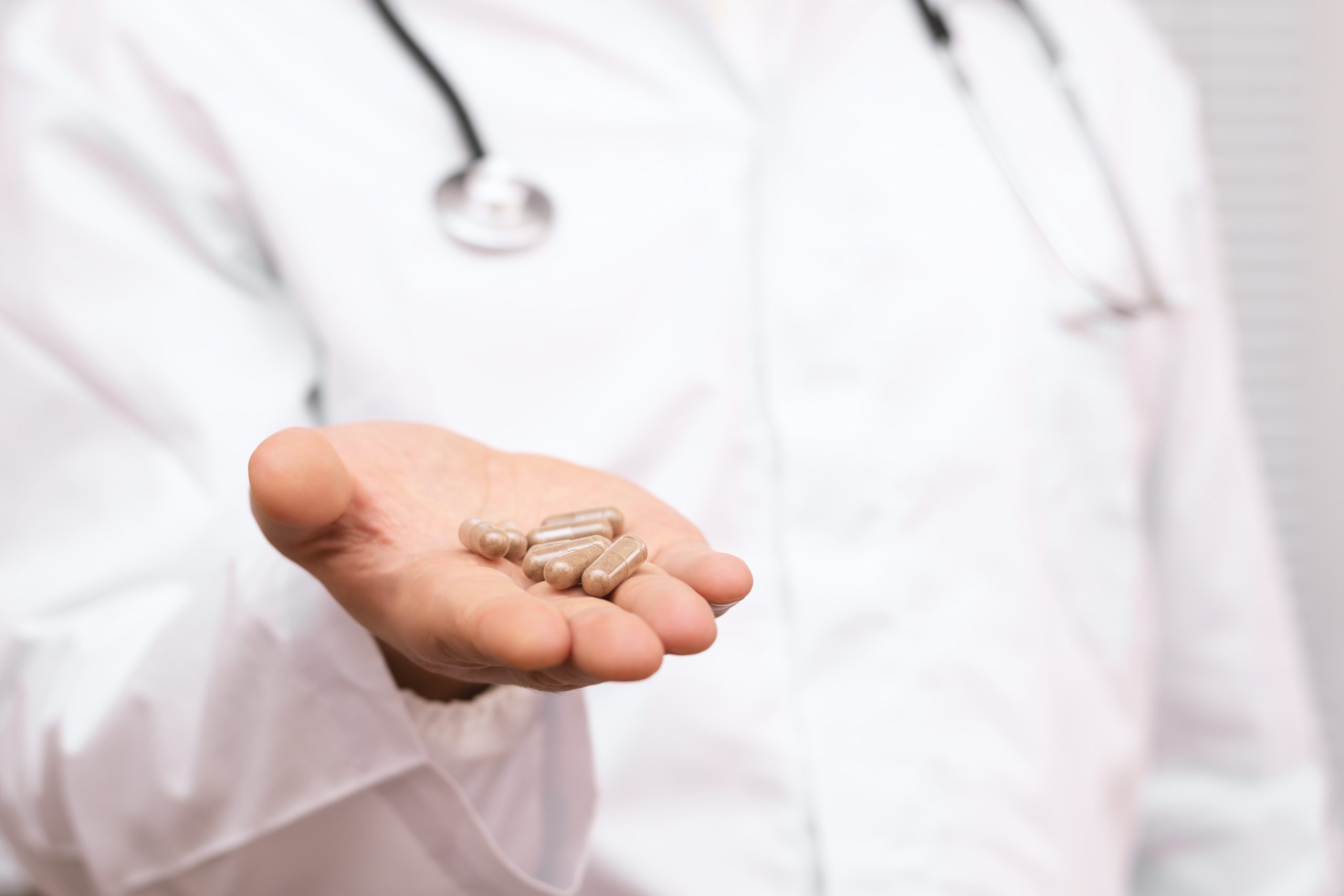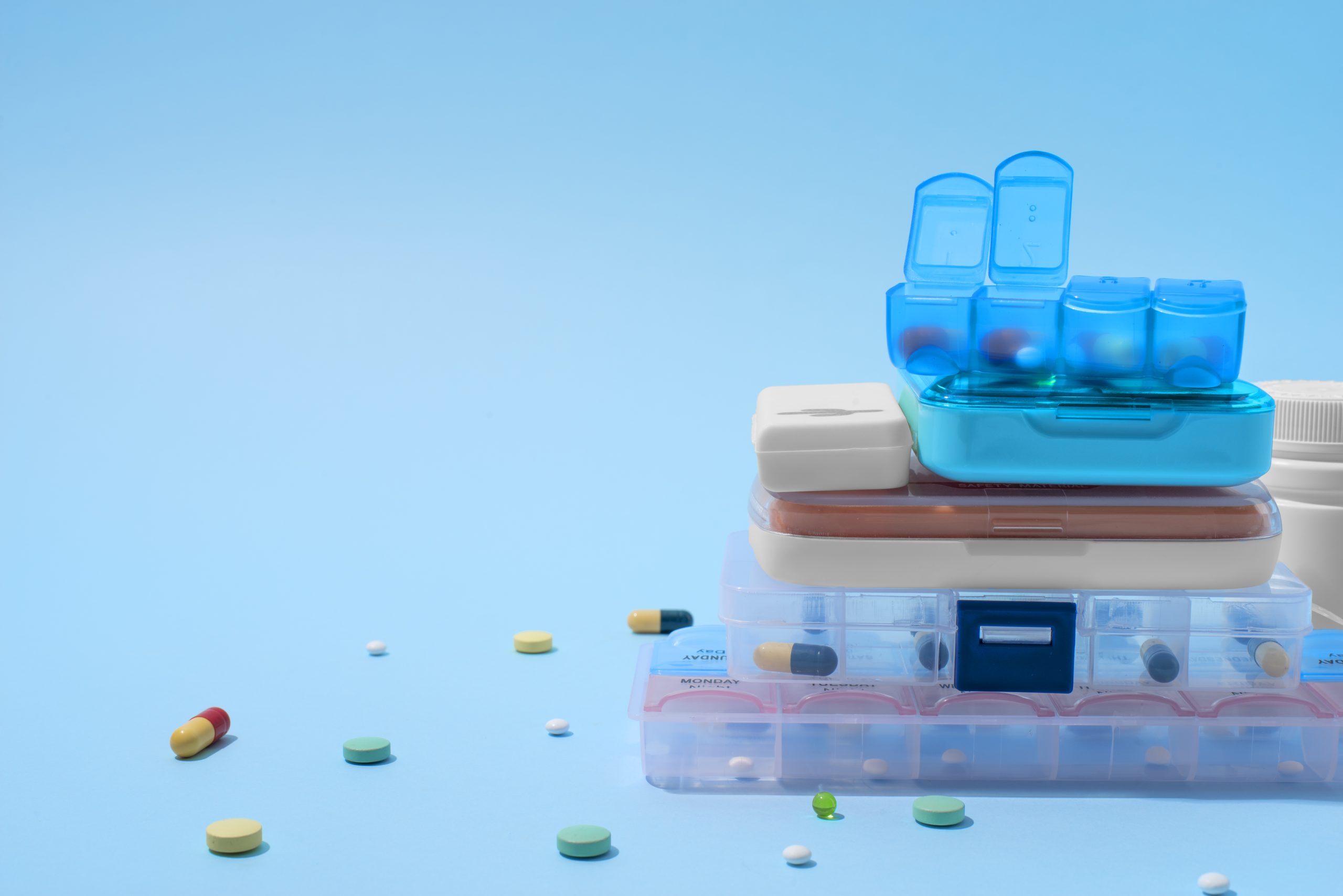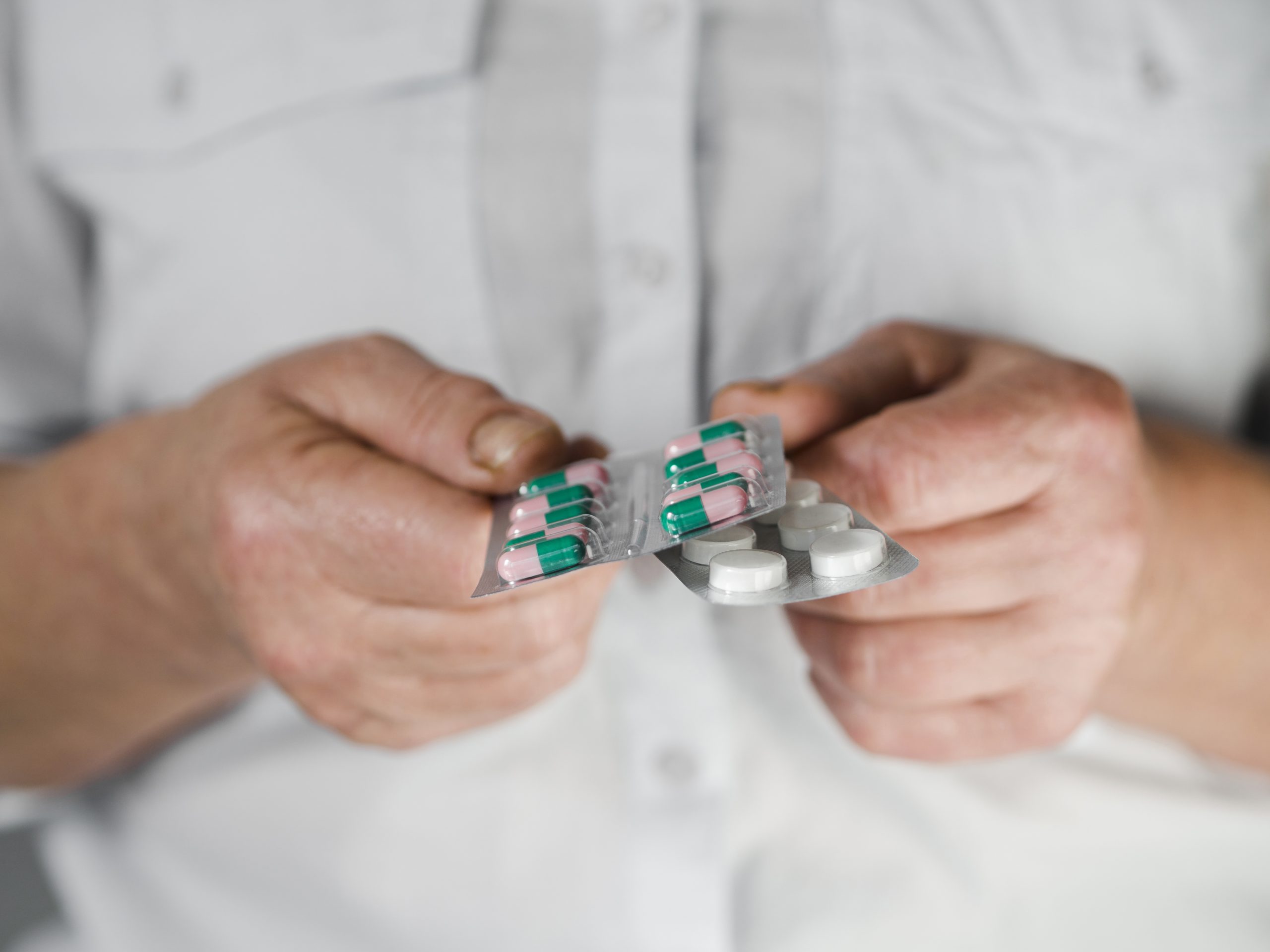In 2023, the Russian pharmaceutical market remained almost at the same level as in 2022, increasing by only 0.3% to 2,578 billion rubles. In dollars and euros, the market noticeably contracted in 2023 due to the weakening of the ruble. In dollar terms, the volume amounted to $30.8 billion, which is 18% lower than the year before. In euros, the market dynamics amounted to -21% with a total volume of €28.6 billion.
For the second year in a row, the commercial market remains the main driver of overall growth, while government procurement is growing slowly. In 2023, the public sector accounted for 36% of the total drug market volume. In 2021-2023, this figure decreased by six percentage points. Hospital purchases saw the most significant decline in 2023, by 21%. The decrease in COVID-19 incidence led to changes in procurement structures and negative dynamics in the volumes of purchased pharmaceuticals. Over the year, their volume decreased by 86%. However, financing for the “Circle of Good” children’s support fund continues to grow rapidly: in 2023, drugs worth 47 billion rubles were purchased. Purchases of drugs under programs for preferential categories (PLP and RLP) also continue to grow. Orphan drugs remain the growth driver: they accounted for 71 billion rubles out of the total volume of 201 billion rubles.
The growth indicators in the commercial segment of pharmaceuticals in 2023 were determined by the same factors as in 2022. Throughout 2023, there was a decrease in demand for antiviral drugs and anticoagulants. Structural distribution and seasonality returned to pre-COVID levels. Additional sales growth at the end of the year already ensured the traditional increase in respiratory and flu diseases. As a result of 2023, the capacity of the commercial pharmaceutical market amounted to 4.5 billion packages, or 1,432 billion rubles. Compared to 2022, the volume of drug sales in packages practically did not change (-0.4%). However, in value terms, sales increased by 6.1% compared to the previous year.
The share of imported drugs in the overall market at the end of 2023 amounted to 54.9% in rubles and 31.4% in packages. The growth of the market in physical terms was negative both for drugs produced in Russia (-1.7%) and for foreign-made drugs (-4.3%). In ruble terms, localized drugs decreased by 0.6%, while imported drugs decreased by 0.4%.
Despite the geopolitical situation, foreign companies retained the leading positions by the end of 2023: Bayer, Novartis, and Sanofi. However, there are still five Russian companies in the ranking, compared to six last year.
In 2023, the share of original drugs amounted to 39% in value terms and 12.6% in physical terms. Compared to 2022, the share slightly decreased due to the increasing weight of generics in pharmacy sales. All initiatives for import substitution are particularly important for the industry now, as the accessibility of high-tech drugs to Russian patients in the coming years may decrease. This is evidenced by the data on the structure of clinical trials conducted in the country in 2023. Despite the fact that the number of initiated trials remained at the level of 2022 (761 compared to 739), the number of countries applying for clinical trials has noticeably decreased: for example, in 2015 there were 44 countries, in 2023 – only 24 (according to the company Sciencefiles). Moreover, 78% of applications come from Russian companies, whereas in 2021 this figure was at the level of 46%. The US and several European countries have completely withdrawn from the list of sponsors.
In 2023, bioequivalence studies came to the fore, which allow determining how much a new drug corresponds to the original patented drug: 68% are studies of Russian generics, 10% – domestic original molecules, 20% – foreign generics, and 2% – foreign original drugs.
In 2024, according to DSM Pharma analysts, the main factor driving market growth will remain inflation. Price increases will continue due to the rising cost of components, credit funds, and promotional expenses for domestic companies. Major government programs have also received funding indexed to inflation. Overall, the pharmaceutical market volume could reach 2.8 trillion rubles (+8%). Positive dynamics are expected in terms of packages – about 3-4%.
Source: GxP news, April 5, 2024.
